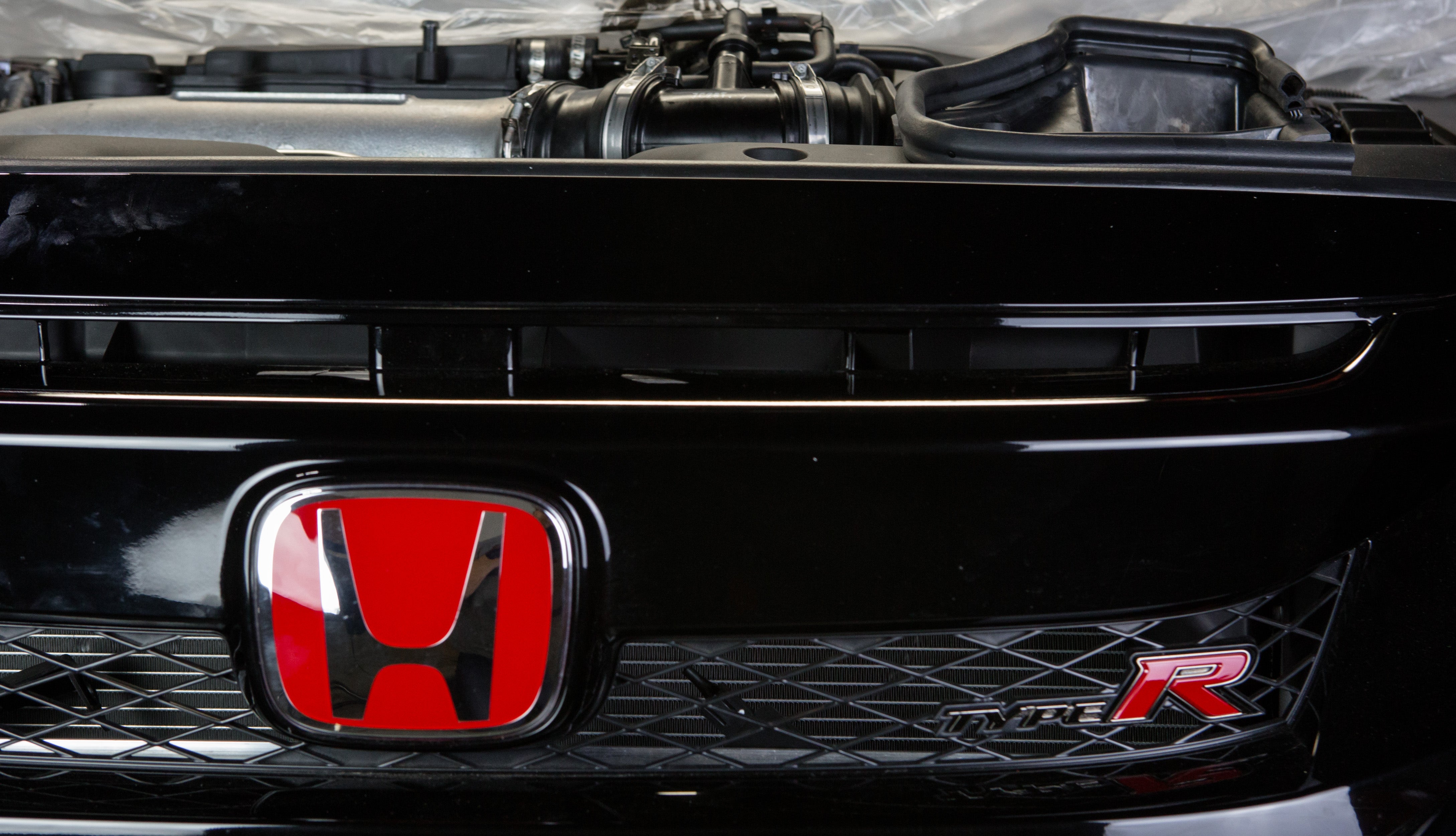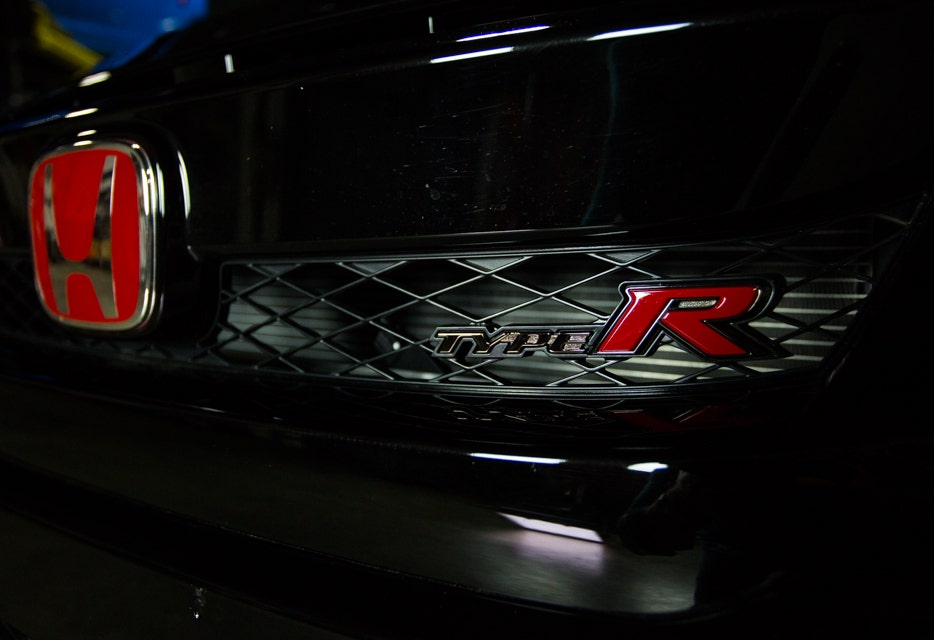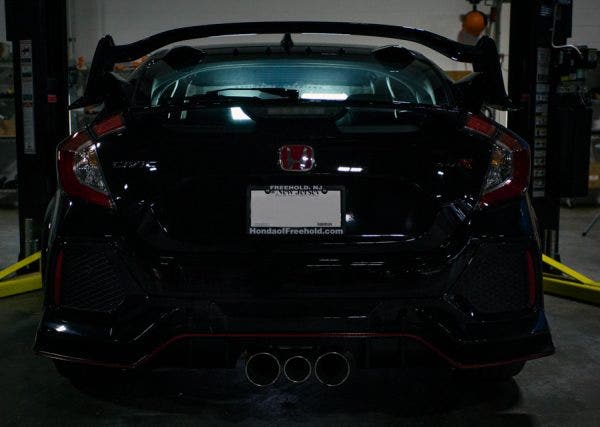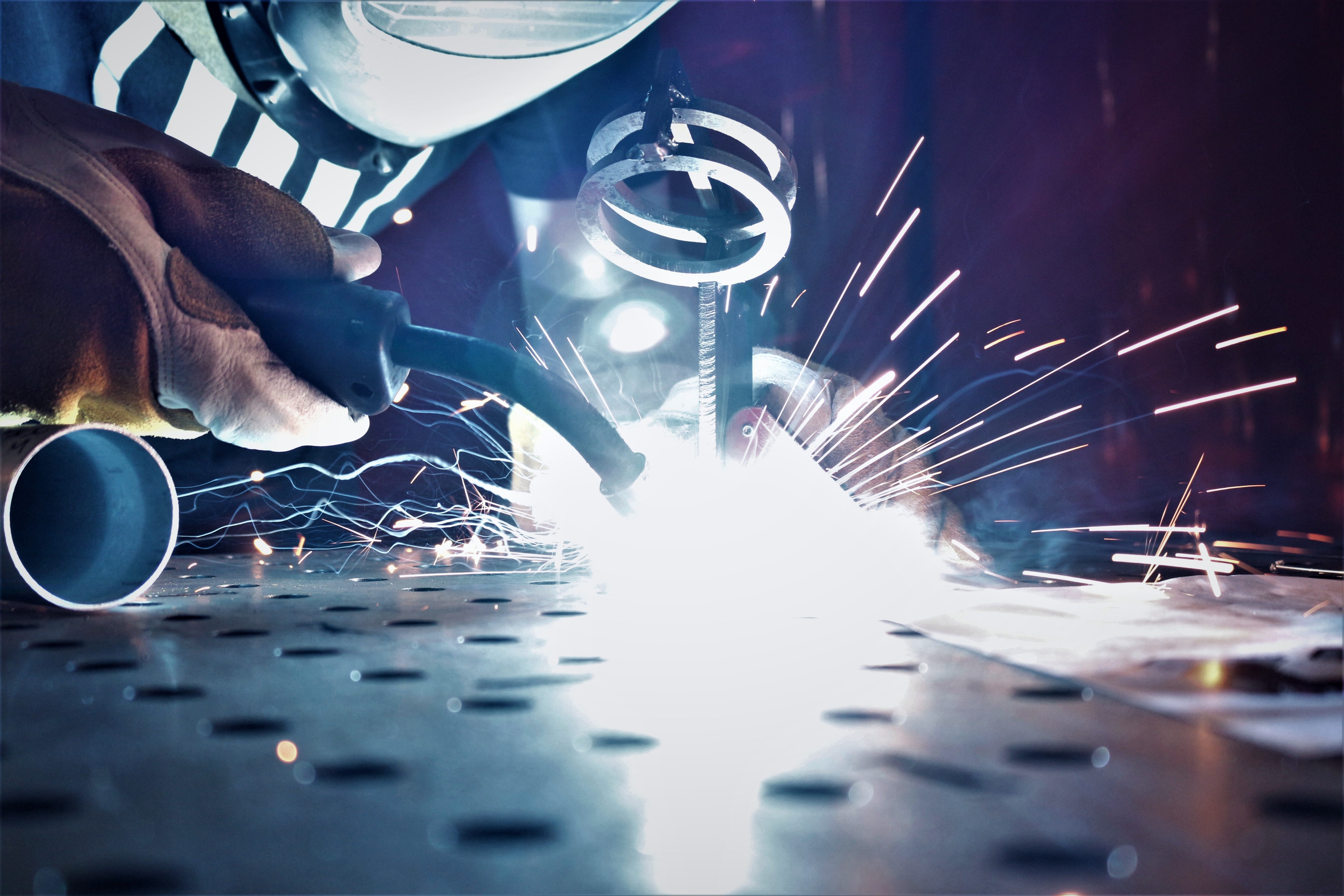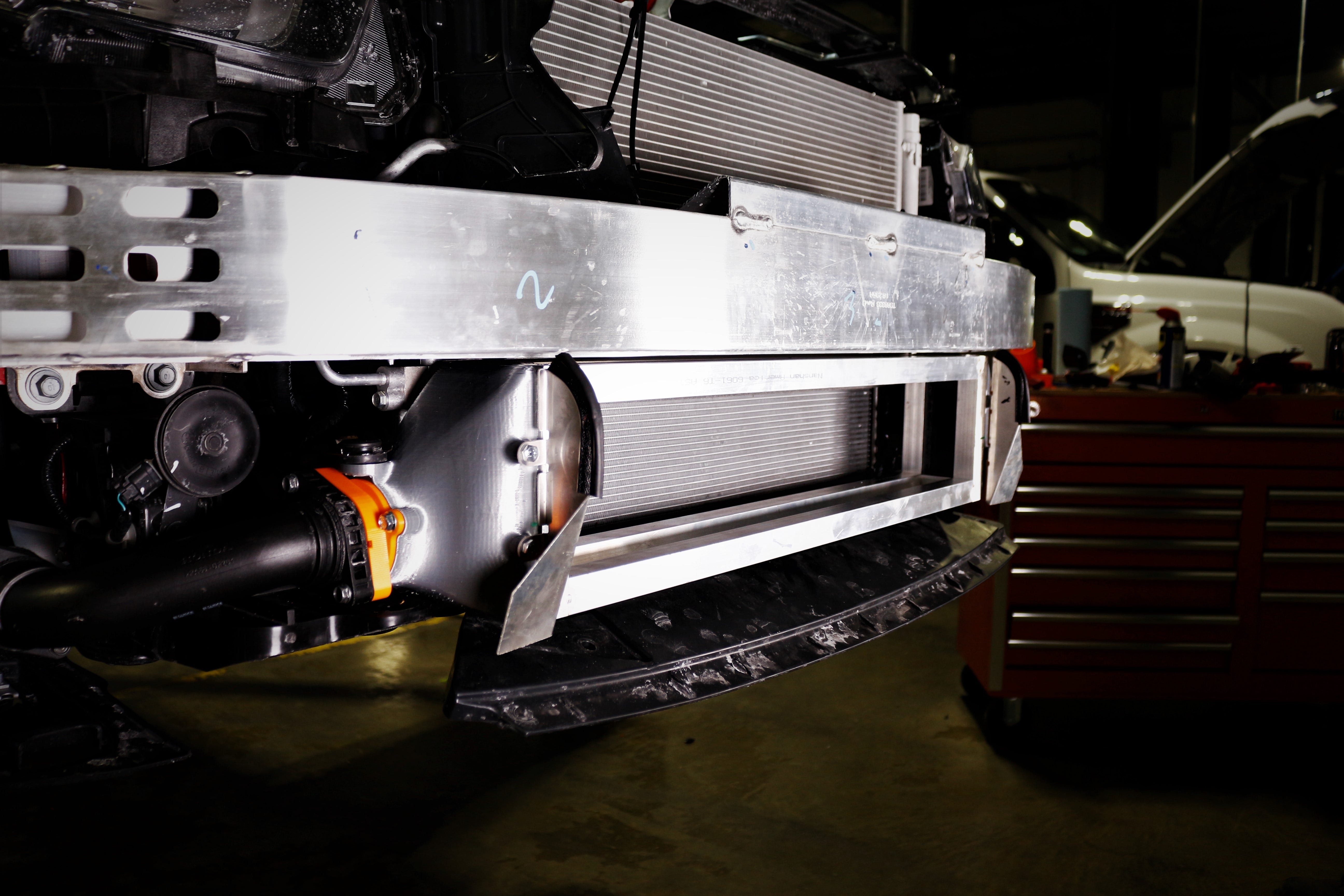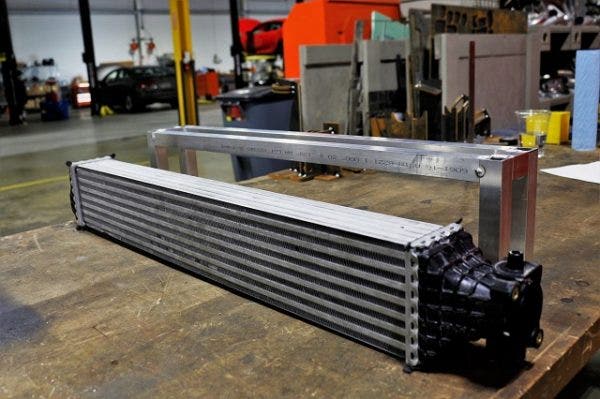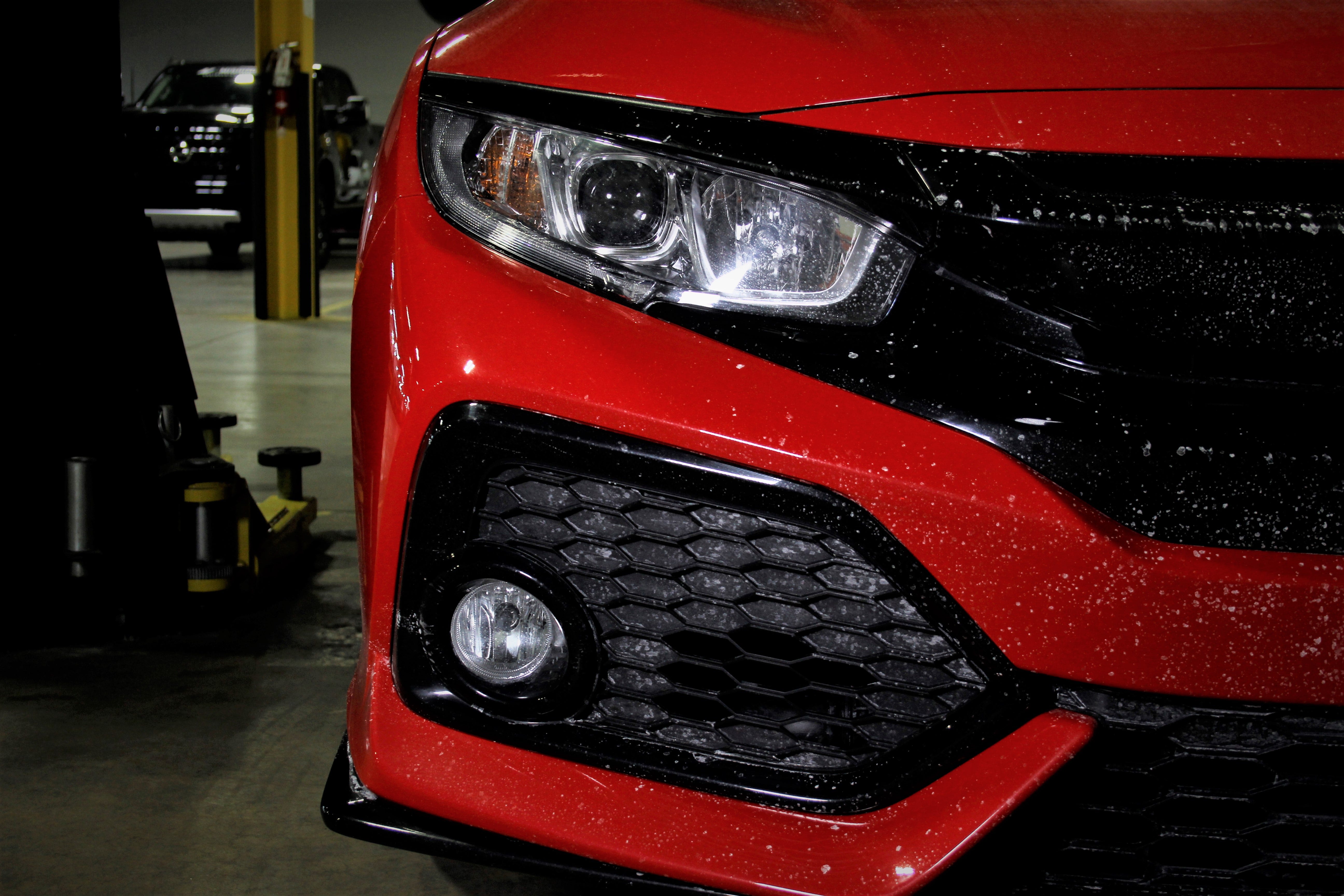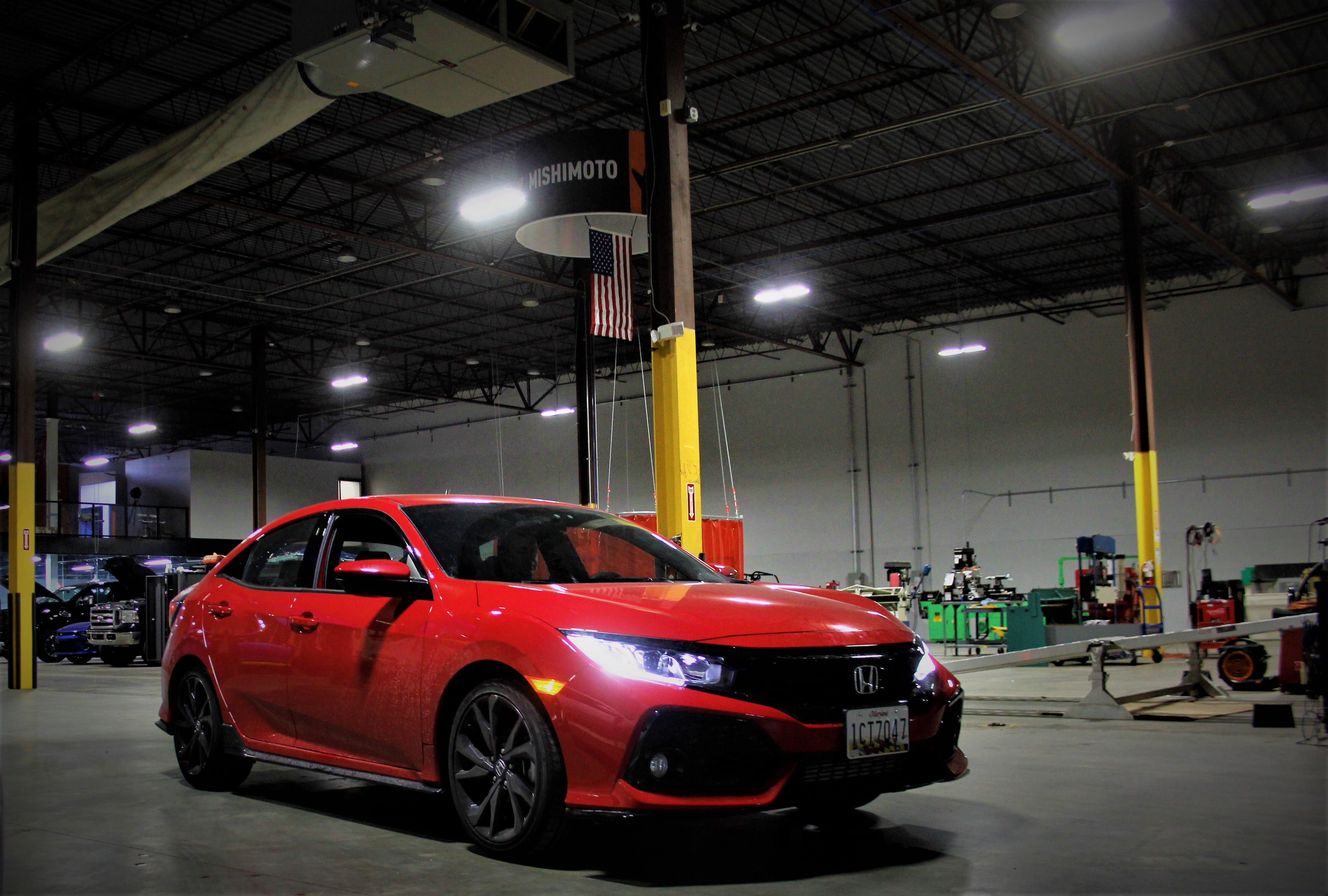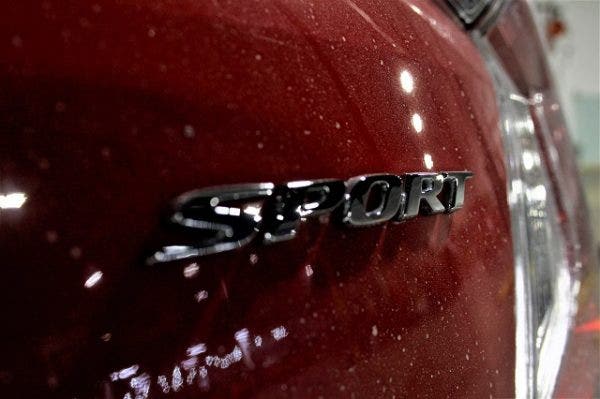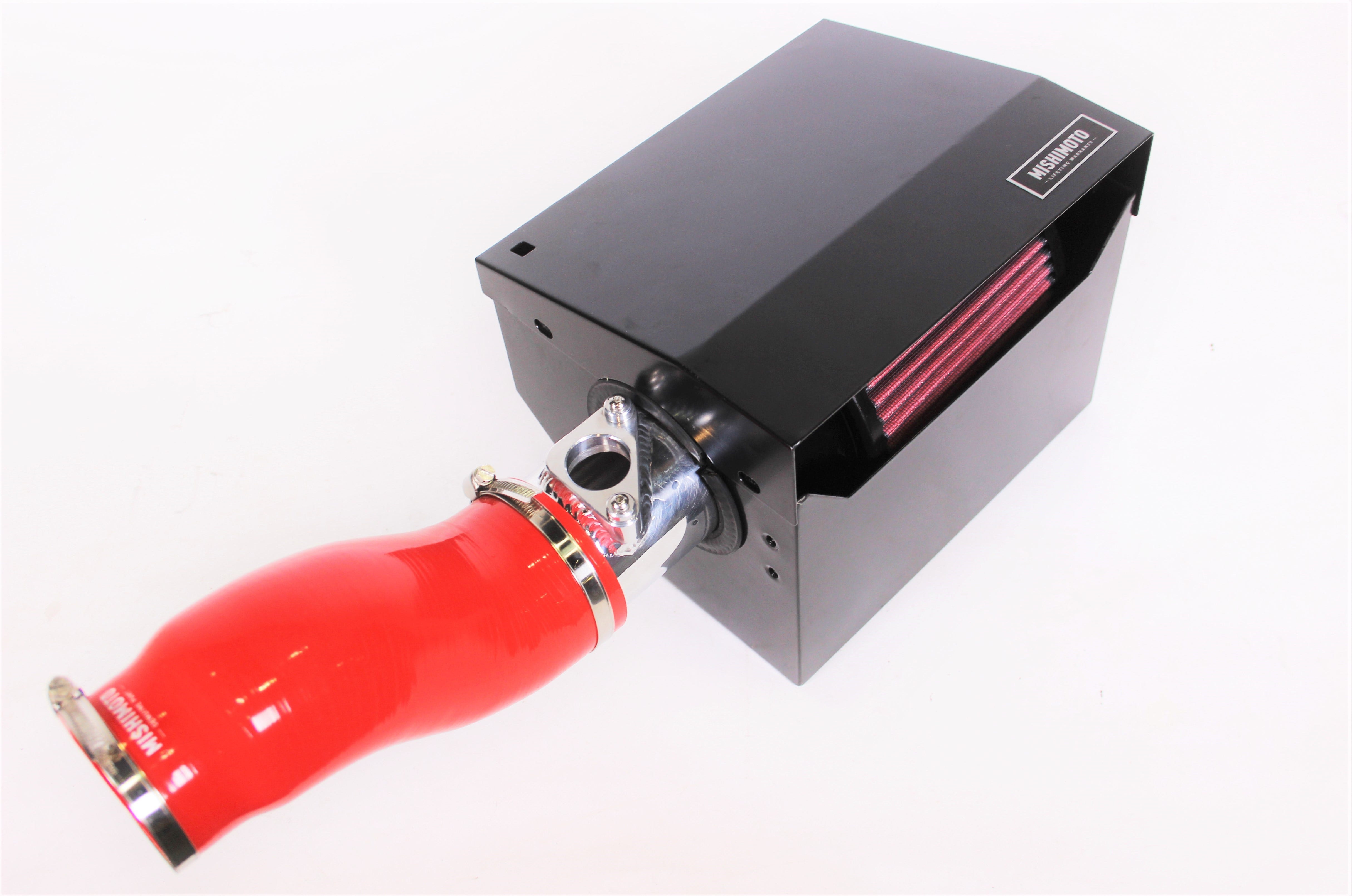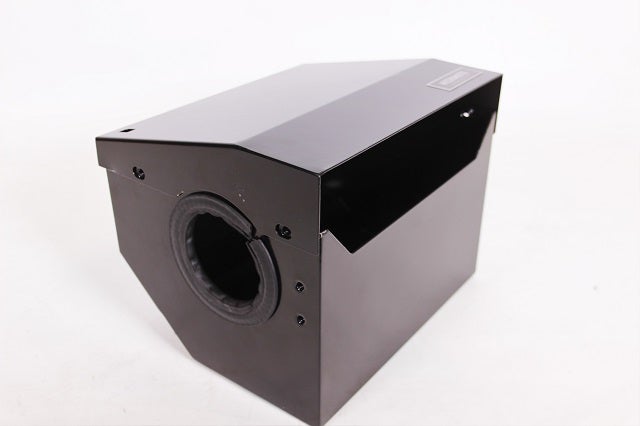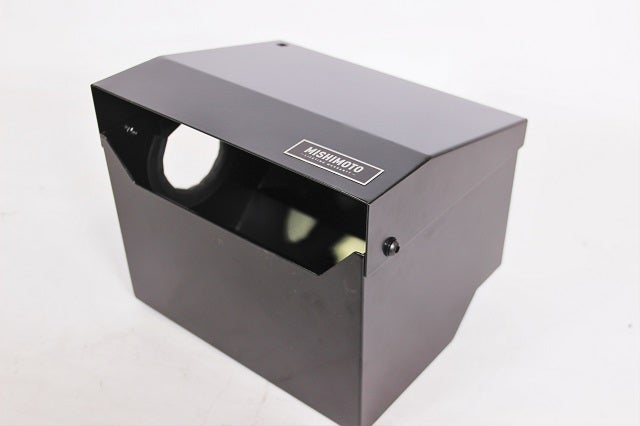Mishimoto 2017+ Honda Civic Type R Direct Fit Catch Can PreSale
No matter the manufacturer, the term "sports car" seems to have a special relationship with the color red. Something about this vibrant hue has become synonymous with a vehicle's performance characteristics. This is a trend that Honda seems to have taken to heart. If you look back to all the fast Hondas that rolled out of the factory, at the very least they're adorned with Honda's scarlet badge on the front grille. Regardless of what angle you look at the FK8, the accenting splashes of red stand out like a coat of arms. From the pinstripes lining the bumpers to the encapsulating red bucket seats and pop of the Type R's engine bay centerpiece, the cover, there's an indication that the CTR belongs to a certain class of car.
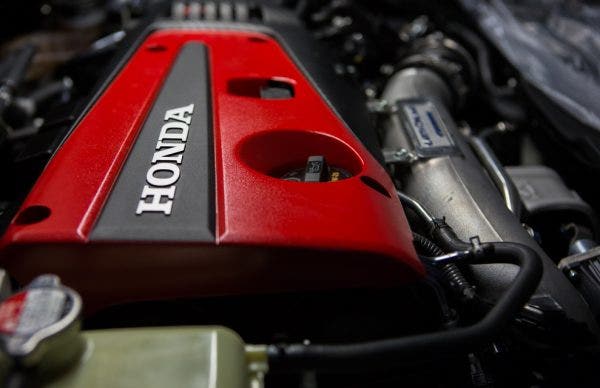
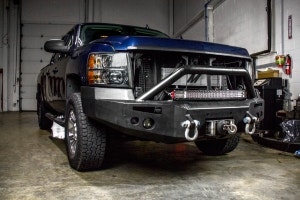
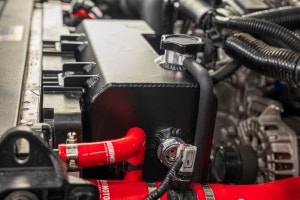
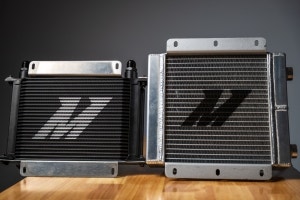
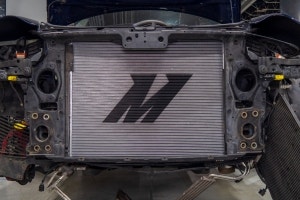

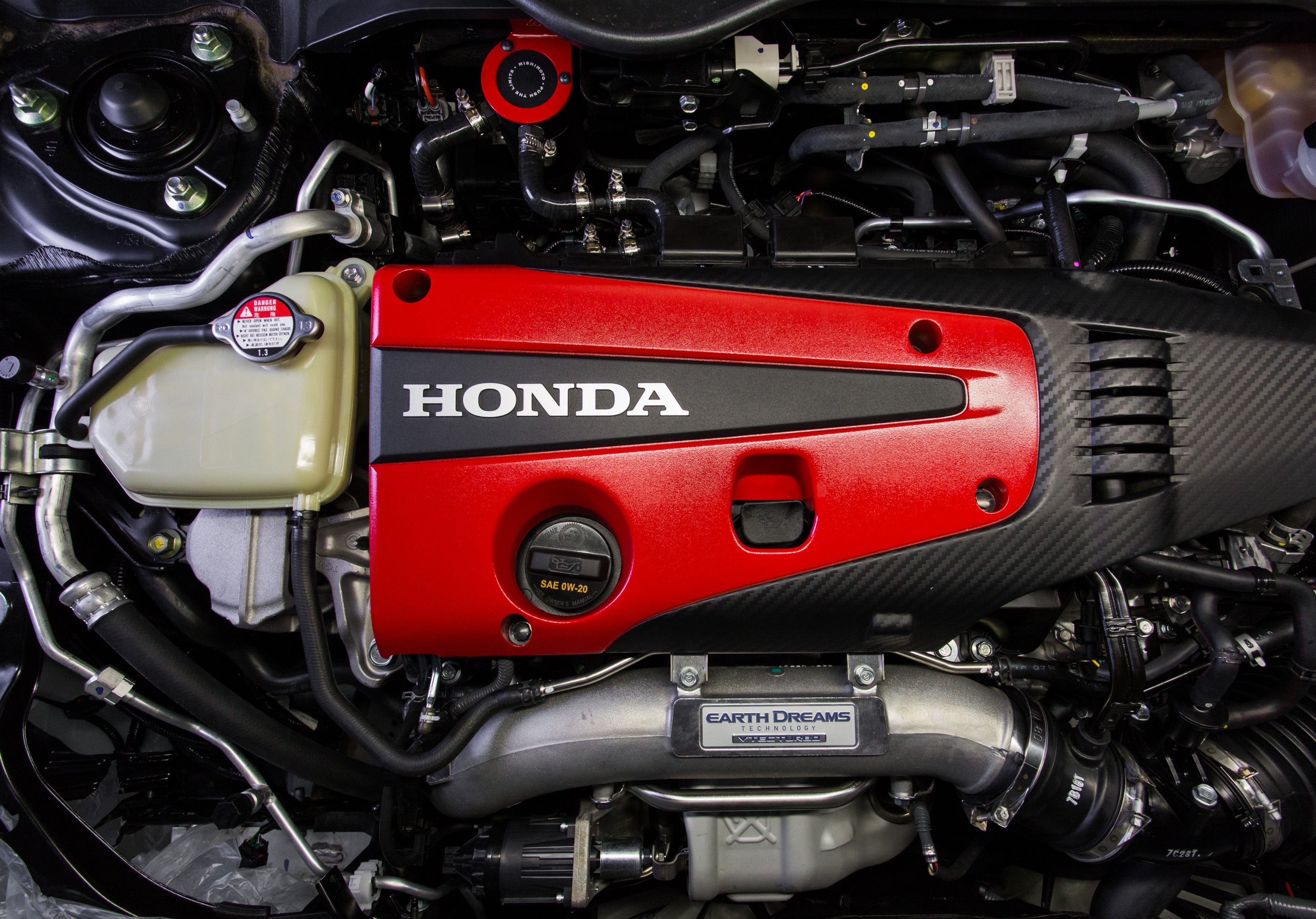
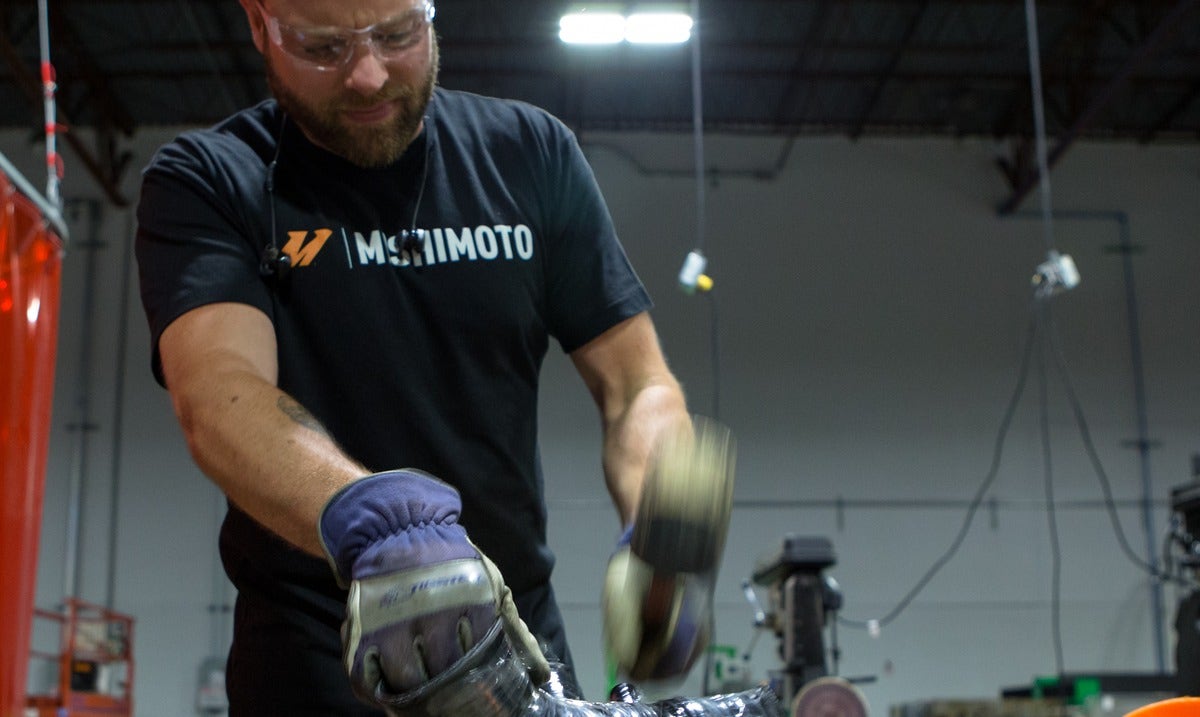
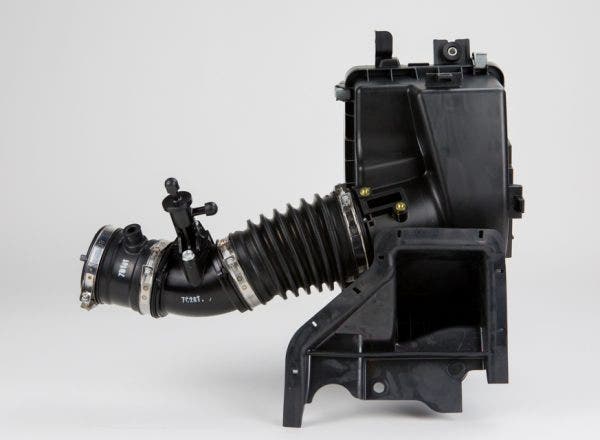
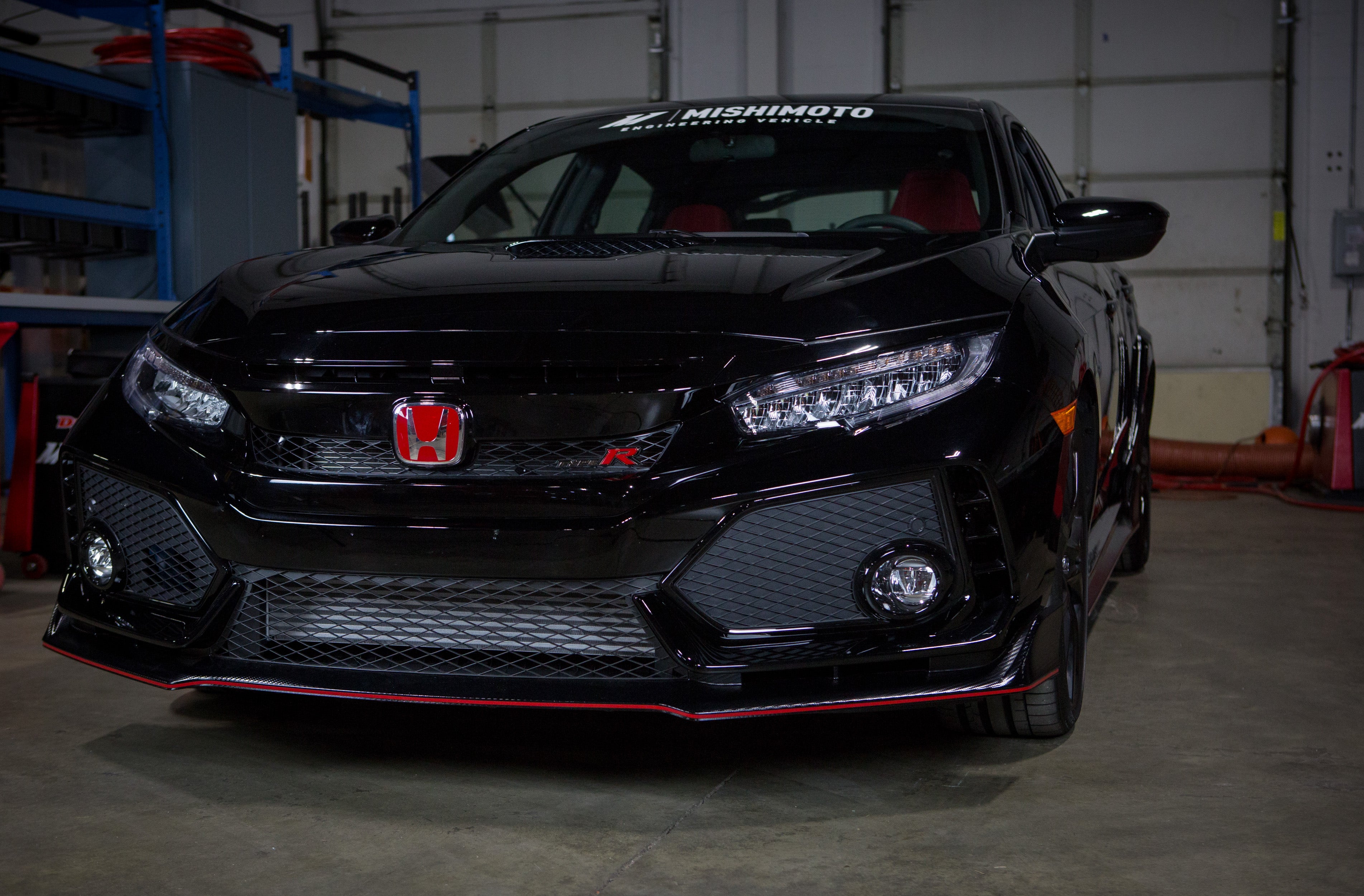
 " width="578" height="600">
" width="578" height="600">
